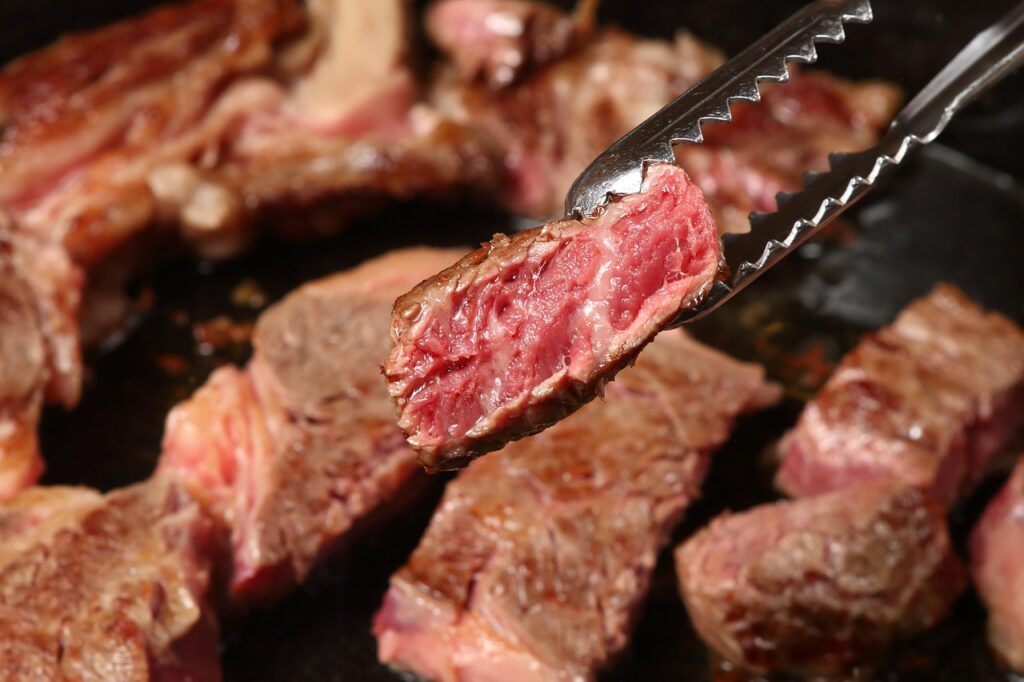
Iron
What is iron? It is a vital mineral needed for oxygen transport, energy production and immune function.
How does iron function in the body?
- Forms part of hemoglobin, which carries oxygen in red blood cells
- Supports myoglobin and oxygen storage in muscles
- Supports brain development in children
Symptoms of Too Little Iron:
- Fatigue
- Weakness
- Pale skin
- Cold hands/feet
- Poor concentration
- Anemia and developmental delays in children
Groups at Risk of Deficiency:
- Women of reproductive age
- Gastrointestinal disorders or surgery
- Heart failure
- Chronic diseases
- Infants
- Vegetarians
Symptoms of Too Much Iron (usually from supplements or hemochromatosis):
- Joint pain
- Liver damage
- Fatigue
Just Right (adults):
Recommended 8 to 18 milligrams/day
Medication Interactions
(consult your doctor)
- Levodopa (Parkinsons)
- Levothyroxine (Synthroid)
- Proton pump inhibitors (stomach ulcer treatments)
Food Sources
Animal – heme iron – more easily absorbed
- Red Meat
- Poultry
- Organ Meats (Liver)
- Clams, Oysters
Plant – non-heme – less easily absorbed
- Lentils, Beans, Chickpeas
- Tofu and Tempeh
- Spinach, Kale, Swiss Chard
- Quinoa, Fortified Grains
- Pumpkin and Sunflower Seeds
- Dark Chocolate (70%+ cacao)
Cooking tip:
To maximize plant-based iron absorption, pair with vitamin C rich foods. Cast-iron pans can leach small amounts of iron into acidic foods, which can be beneficial.
Reference: Iron – Health Professional Fact Sheet